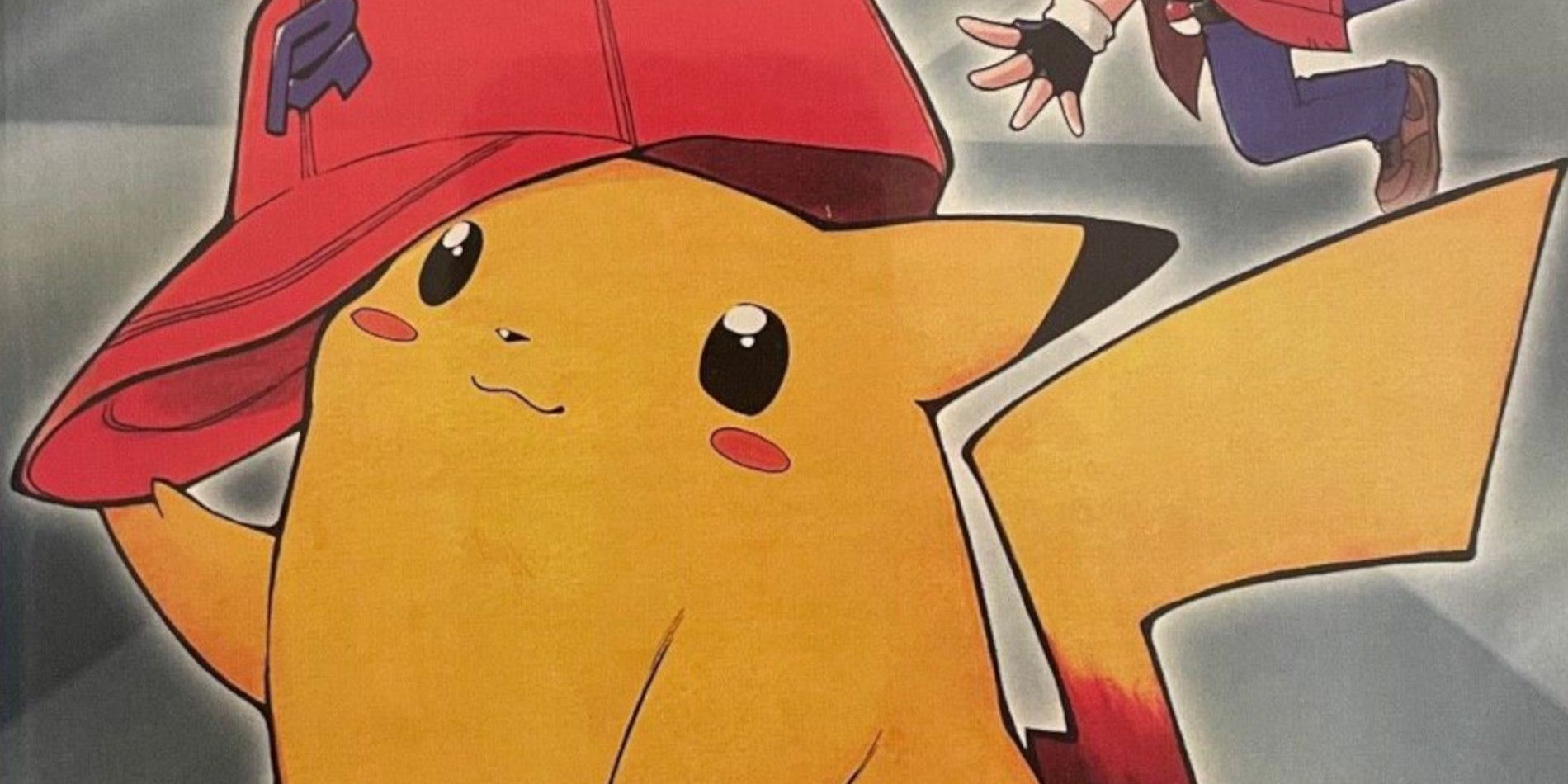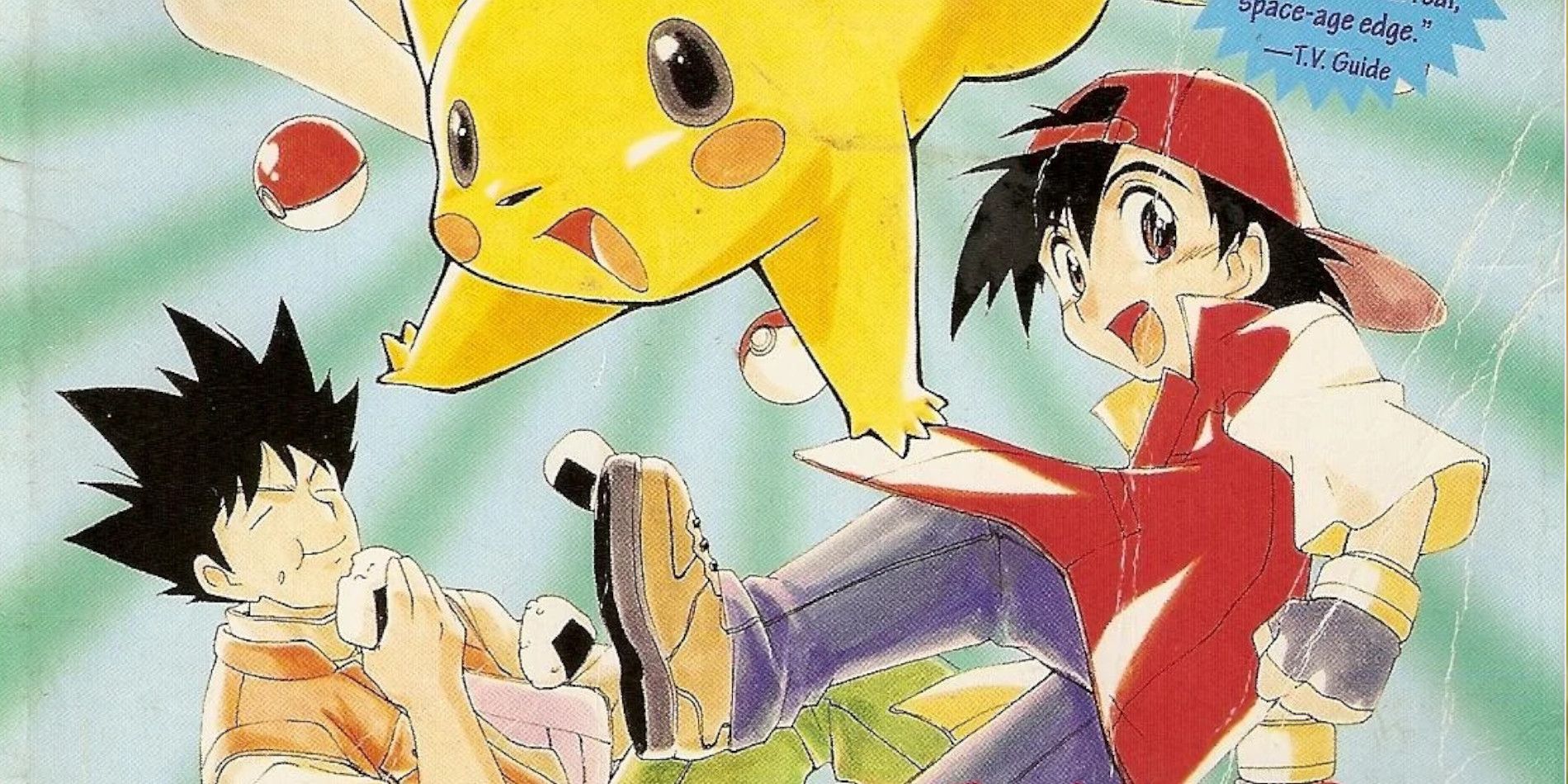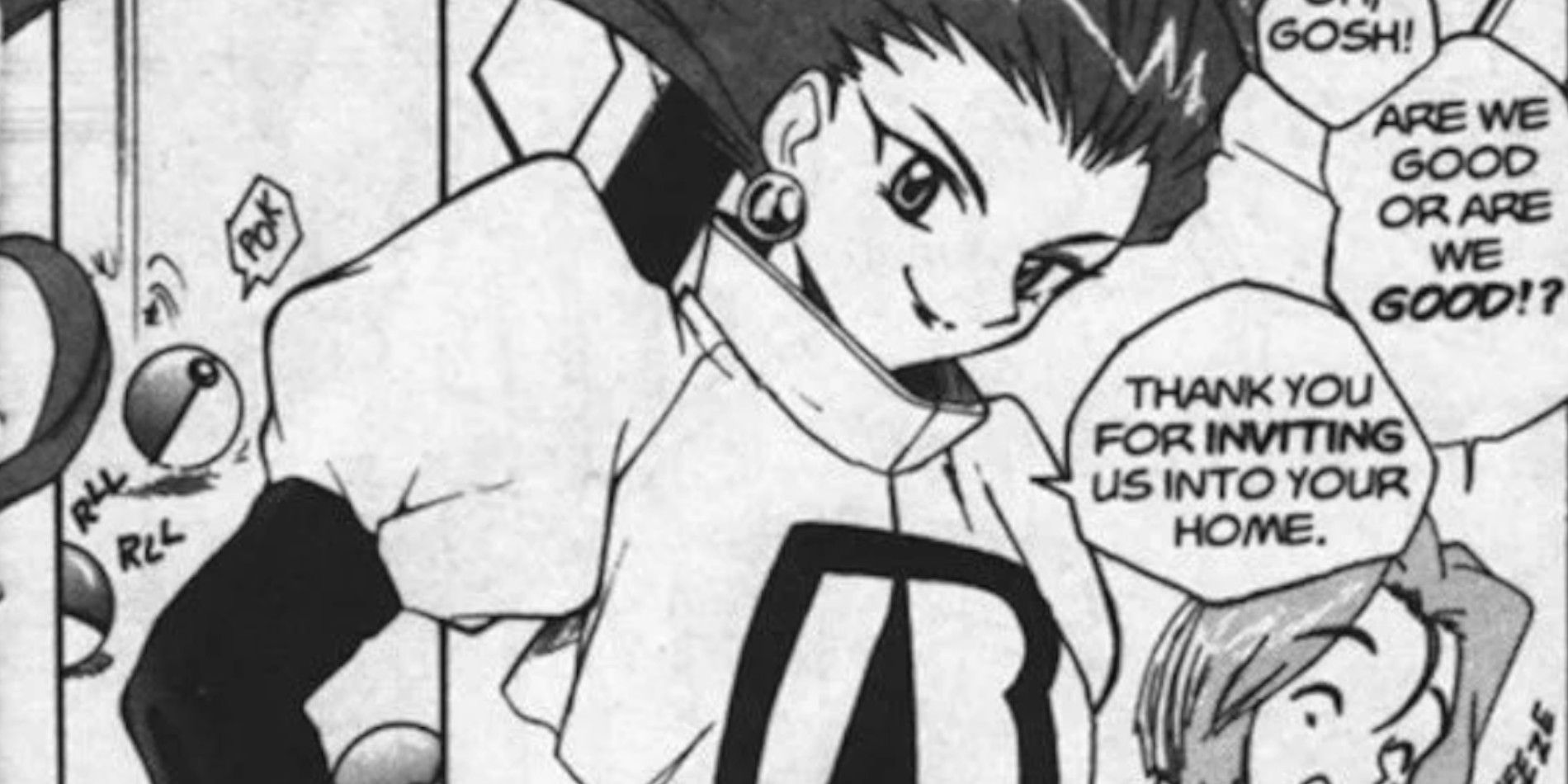Pokémon is a franchise that needs no introduction. Originally launching in the late 1990s, the franchise continues to go from strength to strength, and the Pokémon anime is often said to be the show that made anime truly mainstream in America. Pokémon has also had many manga releases, and one of these releases and its various localizations were just as groundbreaking, but it's mostly forgotten today.
Originally serializing in Bessatsu CoroCoro Comic Special, Pokémon: The Electric Tale of Pikachu was created by Toshihiro Ono. Later, this series was collected into four volumes, which released between 1997 and 2000. The series would later be localized and released in several different countries, including America, Singapore, and Taiwan.
What Makes The Electric Tale of Pikachu So Interesting?
What makes Pokémon: The Electric Tale of Pikachu so fascinating is its plot. This manga is an adaptation of the anime series, following Ash Ketchum, a young boy who aims to be a Pokémon master, as he sets out on a journey around the world with his Pikachu. However, this isn't a straight adaptation of the episodes seen on TV. Toshihiro Ono was given the scripts for the anime, and then had to cut that down to fit the strict page limit the manga had. Because of this, only some anime episodes are adapted, with others being skipped, with much of the adapted content deviating from the anime.
In fact, one of the most noticeable changes is linked to Team Rocket. In the manga, Jessie and James are a couple, and later chapters make it clear that they are married. Something that would likely confuse kids who started with this manga and then went to the anime. However, despite these changes, the show tells a complete narrative, following Ash until he wins the Orange League.
The manga has a very different aesthetic from the anime. When Toshihiro Ono began writing the manga, the anime wasn't out, and the only Pokémon manga out at the time was short gag strips. This means that there was very little official art of the world and characters to use as reference. This led to stark differences, like the world of this manga is much more high-tech than the one seen in the anime, making it feel like it is set in the near future. Plus, the characters are different from their anime counterparts. Most notably, the female characters tend to be more stylized, wearing more revealing outfits. Even the Pokémon look different. While they all retain their official designs, they all have noticeably different stylizations in this manga, giving them a unique look that no other Pokémon series has emulated.
What Makes the Manga So Important?
What makes Pokémon: The Electric Tale of Pikachu so trailblazing is its release and localization history. This manga was released just after the anime aired in Japan. Then, Viz Media translated the manga and brought it to America. Though they did make some changes, including mirroring the pages, so they could be read from left to right and toning down the outfits of the female characters. Small samples of this manga were bundled in with the home releases of the Pokémon anime.
This means this manga would have been many kids' first exposure to the franchise. It was also many American fans' first manga, introducing them to a style of storytelling that had previously been hard to find in America. This is backed up by the manga's sales figures. By 1999 the manga had sold 7.25 million copies, and the first issue was one of the era's best-selling comics. Showing just how popular Pokémon already was and proving how many kids would have been introduced to manga by this comic. The manga's popularity drew more kids to the anime, further boosting the franchise's overall popularity.
While forgotten today, Pokémon: The Electric Tale of Pikachu is a fascinating and pivotal manga. Reading it today is a weirdly fascinating experience, as while it feels like the original anime, the changes make it feel like it's from a strange alternative universe. One where everyone is recognizable but also oddly different from what you know. However, the fact this came out so early makes it a pivotal manga for both the Pokémon franchise and manga consumption in America. It proved that American kids would read and enjoy manga. Much in the same way they love anime. This helped usher in a wave of manga localizations, a wave we're still feeling the effects of today.



